Why You Need to Install Air Purifiers - Give Your Family a Healthier Home
We all spend a lot of time at home. Whether you're working, homeschooling, sleeping, or just hanging out, indoor air quality has never been more critical.
How Air Pollution is Damaging Your Lungs Every Day
Indoor air pollution comes from various sources; some, such as harsh cleaning products, are easy to spot, but others may not be so obvious. If you’re cooking on a gas stove, you could be releasing dangerous amounts of Nitrogen Dioxide into your home. Scented products, such as candles, laundry detergent, and air fresheners, often contain harmful ingredients that can impact air quality. And if you live in a new build or have recently remodeled, you could be exposed to dangerous chemicals and VOCs from new flooring, paint, furnishings, or even carpets.
Add to this the fact that modern homes are well-insulated and draft-free, so pollutants are often trapped inside, with nowhere to go, which affects your air quality and could contribute to breathing issues for you and your family.
7 Rooms Where Airborne Pollutants Are Hiding in Your Home
Airborne Pollutants in the Kitchen
No matter which heat source you use, cooking, especially frying, generates substantial amounts of airborne particulate matter (PM), which includes ultrafine particles (UFP) and fine PM (PM2.5). (1) Other pollutants include things like metals, carbon monoxide, and formaldehyde. These can cause throat irritation, headaches, fatigue, and nausea. Watch the video to find more airborne pollutants hiding in the kitchen.
Pollutants in the Living Room
Mold is a highly hazardous air toxin commonly found in homes, especially in dampness and water damage. Tobacco smoke is also harmful, especially if you smoke indoors. Carpet also traps indoor pollutants. Even your electronics can emit toxins into the air. These factors and more cause headaches, nose and eye irritation, rashes, and drowsiness. Watch the video to find more airborne pollutants hiding in the living room.
Airborne Pollutants in the Garage
When you start your car in the garage, harmful exhaust fumes and combustion by-products are released, polluting the air, which can then be trapped when closing the door. Storing lawn equipment and gasoline can release pollutants, as well. And activities such as woodworking and painting can emit additional toxin pollutants into the garage. Watch the video to find more airborne pollutants hiding in the garage.
Airborne Pollutants in the Bathroom
Dampness and humidity from hot showers, baths, leaks, poor ventilation, and poor sealing and caulking can cause mold, which is a highly toxic indoor air pollutant. Mold causes a stuffy nose, sore throat, coughing or wheezing, burning eyes, mental health issues, or a skin rash. Other pollutants can include harsh cleaners and building materials. Watch the video to find more airborne pollutants hiding in the bathroom.
Pollutants in the Master Bedroom
They say the bedroom is the most dangerous room in the house. Bedding can accumulate bacteria, mold spores, and dust. A poorly maintained humidifier can release pollutants. Cleaning and beauty products can emit harmful VOCs. These factors can cause allergy-like symptoms like scratchy eyes, headaches, and a sore throat. Watch the video to find more airborne pollutants hiding in the master bedroom.
Pollutants in the Kids' Bedroom
Dust is a major pollutant, and it settles in upholstered dining room chairs. Smoke from the kitchen could make its way into the dining room. Scented candles release harmful VOCs. Even your flooring can contribute to poor indoor air. These factors can cause nose and throat irritation, headaches, and increased asthma and allergy symptoms. Watch the video to find more airborne pollutants hiding in the dining room.
CDC, WHO, and EPA Recommendations for Improving Indoor Air Quality During Covid-19 Pandemic
What do the CDC, WHO, and EPA recommend to minimize the spread of airborne viruses like COVID-19 in indoor spaces? Portable HEPA air purifiers. An extensive review by the EPA concluded the combination of HEPA and Carbon is the safest and most effective solution. Cleaners that use UV lights, Ionization, and PCO technology are not ideal because they can produce dangerous byproducts emitted into the air.

Breathe Cleaner Air With Austin Air Systems — The Most Effective Air Purifiers
- 60 sq. ft. of True Medical Grade HEPA proven to remove 99% of all virus particles larger than 0.1 microns.
- Over 780 cubic inches of Activated Carbon, Potassium Iodide Impregnated Carbon, and Zeolite, remove Volatile Organic Compounds (VOCs), formaldehyde, benzenes, chemicals, gasses, and odors.
No one in the industry comes close to using that much. This ensures a long filter life of up to 5 years.
“That’s the impact of Austin.”
Why You Need to Act Now
If You Want to Protect Your Lungs This Winter
When the weather outside is cold, we keep our windows and doors shut. This traps pollutants inside, with nowhere for them to go. Wood burners, gas stoves, furnishing, and cleaning products all emit dangerous chemicals, gasses, and VOCs that can be a real risk to our health. Keep the air in your home clean and safe this winter with Austin Air!
What Our Customers Have to Say
Finally one that works! I have severe allergies and this is the first purifier that has actually had a significant impact.
- Tania
After the start of the fire season in the western US I actively researched Air Filters. My sister-in-law has purchased 3 Healthmate Plus systems for herself and other family members. They all say this system works and it is easy to operate. So I purchased a Healthmate Plus. It arrived the day before our air quality deteriorated into the Red Hazard sound. Wildfires to the North and South. I use this system in the master bedroom at night and roll it into the living room during the day, My coughing ended, and my lungs have cleared. I sleep well and awake refreshed. This product really does work. It is not that noisy. Great Product.
- Taylor K.
This thing has been a really great investment for my household; I am really impressed with how quickly it can filter the air in a large space, remove odors, smoke, anything undesirable in the air. Equally impressive is how simple and elegant its design is. It's everything I need, nothing I don't, and it just works really well.
- Eric Harrod
I have been very happy with the bedroom machine. It has helped us sleep great at night. I also purchased a replacement HEPA filter for our old machine in the living room, which still runs perfectly since 2012. They keep it simple with no fancy lights or electronics inside or out which allows you to use these machines for a very long time.
- Derrick Foreman







